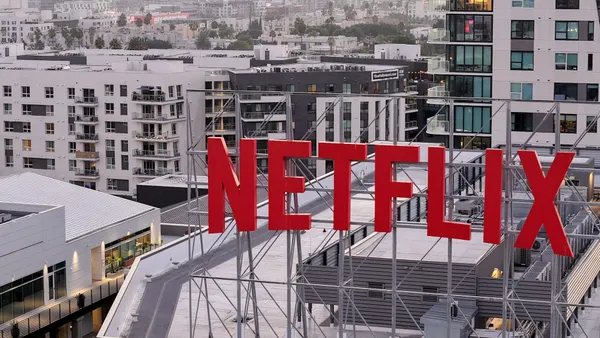Dive Brief:
- Ikea brought a virtual reality (VR) experience to the opening of a new store in a Dallas suburb on Dec. 13, according to Adweek.
- Around 300 people tried out the immersive experience requiring them to wear HTC Vive headsets so they could examine furniture, play a pillow toss game, spend time inside a virtual bamboo lamp with a panda or learn about the brand's sustainability and design.
- Created by Wavemaker, a MEC-Maxus agency, the in-store experience comes on the heels of an augmented reality (AR) app Ikea launched a few months ago to let people see how items might look in their home by overlaying digital images onto the real world through a smartphone camera.
Dive Insight:
The news follows recent statements by Ikea's CFO Alistair Davidson indicating the retailer has entered a test-and-learn phase as it looks for ways to better meet customers' needs in the digital age, suggesting VR is one of the areas it is exploring.
VR tech is a good fit for Ikea as it is particularly suited for certain types of product demos, such as being able to virtually place furniture into a space rather than having to physically move it into place. While the store opening VR content was more about fun and education, the Adweek report pointed out that Ikea now has a template for future store openings, which could lessen the burden of implementing the strategy at future store openings and events.
Ikea's latest move into the world of VR points to how brands can leverage emerging tech to tie real-world and digital experiences together, and in this case, also provide an immersive and exciting activity to engage visitors at the opening of a new brick-and-mortar location.
As nascent as VR is, it can be an expensive endeavor that might put off smaller brands. Ikea, however, with a brand value of $13.5 billion, has the resources to experiment with how the tech can provide value to consumers and drive the company's return on investment through bleeding edge experiential marketing.
The VR experience for the store opening in North Texas isn't Ikea's first use of the tech. It rolled out an installation at a Toronto store in March that let customers interact with a kitchen by flipping virtual pancakes and view how different countertops and Ikea products might look in an actual space.
The wave of companies adopting VR speaks to its power in lessening friction in consumers' path to purchase and also shows how the tech can boost in-store engagement and sales, particularly for those looking to harness younger, tech-savvy consumers.











